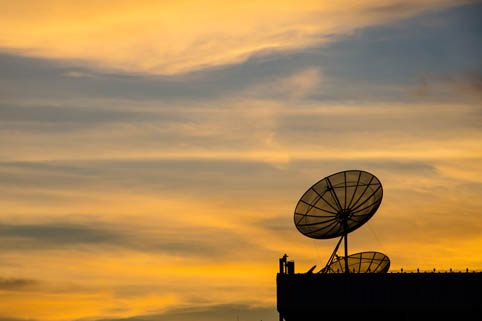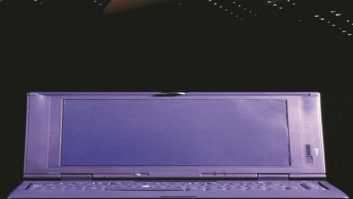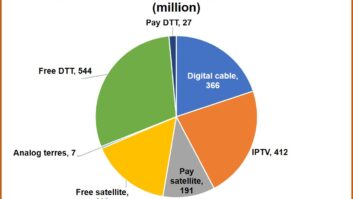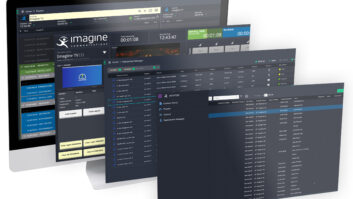
Satellite and TV broadcasting: a historical perspective
From the very first transmissions, TV broadcasting has had a major social impact on the collective human memory and psyche. The first recorded instance of the Olympics being broadcast were at the 1936 Summer Games in Berlin when they were televised by means of closed circuit television to various viewing halls located across the city.
The 1950s heralded in the first national live broadcasts of events, such as President Harry Truman’s speech at the peace conference to the US in 1951, and the coronation of Queen Elizabeth II: being the first live multinational TV coverage in 1953, facilitated by the BBC (British Broadcasting Corporation) and the EBU (European Broadcasting Union).
Satellite has always been an integral part of these transmissions and by 1969 facilitated worldwide live coverage of the first landing on the moon by Apollo 11 astronauts. The Olympic games have always been key milestones for the introduction of the latest and greatest technologies; we came a long way to London 2012, being able to choose what we watch and when we watch it, in stunning detail and quality. As we look towards Rio, the pace of technological evolution continues unabated.
Of the approximately seven billion inhabitants of our planet, it’s estimated that something like five billion watch TV more or less regularly today and more than two billion of those watch it thanks to Newtec’s satellite technology in the transmission chain. The histories of satellites and TV have always been intertwined and are set to remain so.
You can download the full white paper from the NewBay Connect website.







